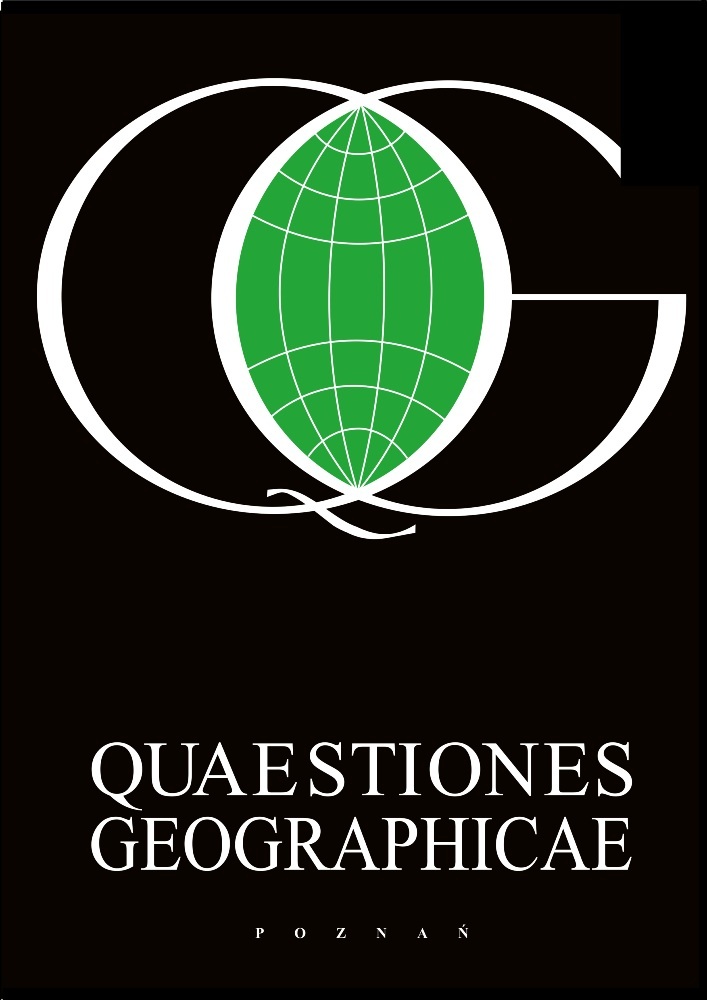Abstract
Some geographical phenomena are continuous and exist in whole number dimensions. Topography, for example. Other phenomena, such as population density, depend heavily on the area used in their computation. Some refer to this as existing in 2½ dimensions. Is the difference just because it is a computed, rather than an observed quantity? I argue the case for considering treatment of discrete geographic data as continuous.
References
Angel S., Hyman G., 1976. Urban fields. Pion, London.
Beckmann M., 1952. A continuous model of transportation. Econometrica 20: 643–660.
Borchert J., 1961. The twin cities: Past, present, and future. The Geographical Review 51: 47–70.
DiBase D., DeMers M., Johnson A., Kemp K., Taylor Luck A., Plewe B., Wentz E., 2006. GIST: Body of knowledge. UCGIS, AAG, Washington D.C.
Iri M., 1980. Theory of flows in continua as approximation to flows in networks. In: Prekopa A., (ed.), Survey of mathematical programming. North Holland, Amsterdam: 263–278,
Palsky G., 1996. Des chiffres et les cartes. Comité des Traveau Historiques et Scientific, Paris.
Puu T., Beckmann M., 2003. Continuous space modeling. In: Hall R. (ed.), Handbook of transportation science. 2nd ed., Kluwer, Boston: 279–320.
Richardson L., 1926. Does the wind have a velocity? Proc. Roy. Soc. A., 110: 709 et seq.
Robinson A., 1982. Early thematic mapping in the history of cartography. Chicago University Press, Chicago.
Tobler W., 1979. Smooth pycnophylactic interpolation for geographic regions. J. Am. Stat. Assn. 74: 367: 519–536.
License
© 2015 Faculty of Geographical and Geological Sciences, Adam Mickiewicz University.
This work is licensed under the Creative Commons Attribution-NonCommercial-NoDerivatives 3.0 License.
